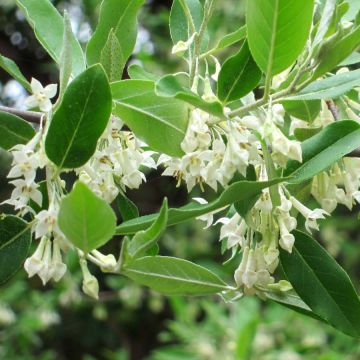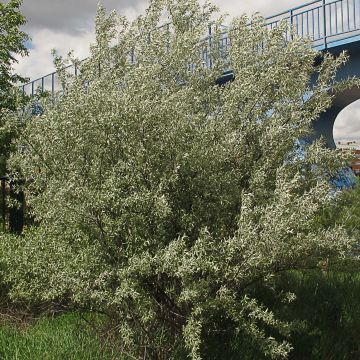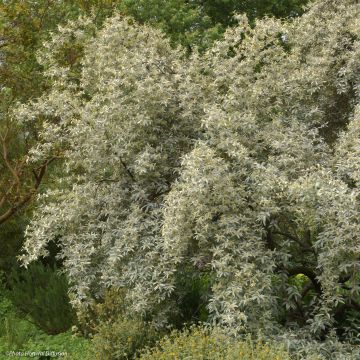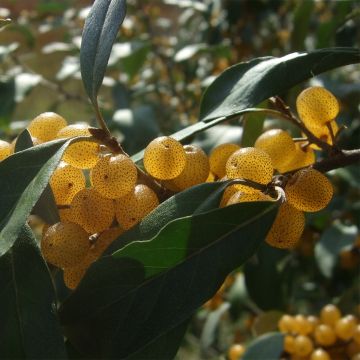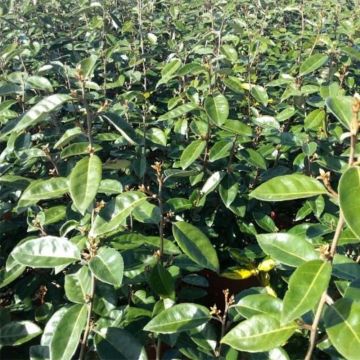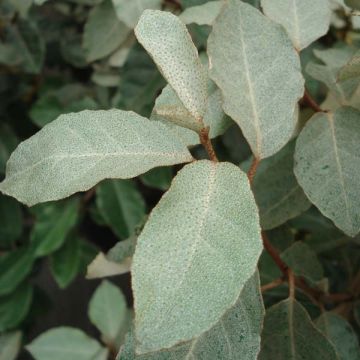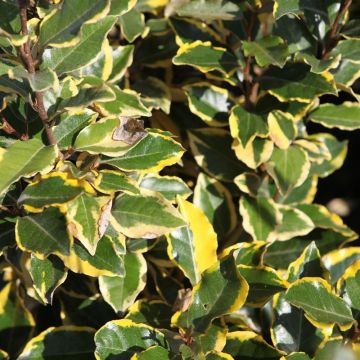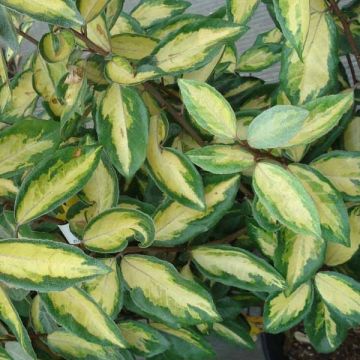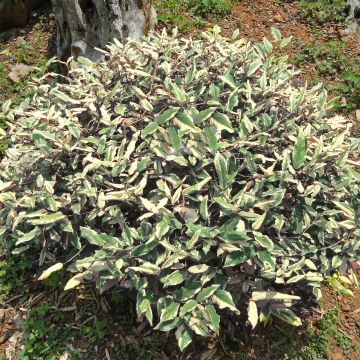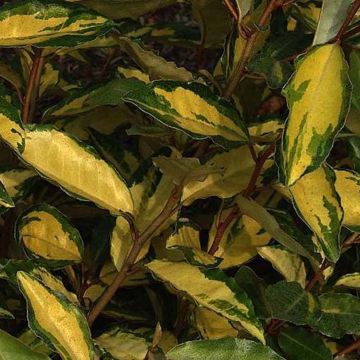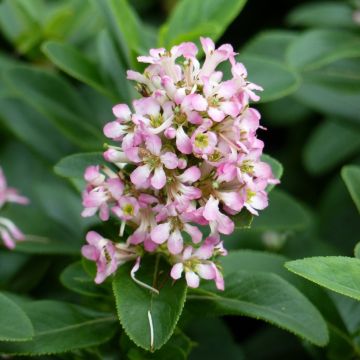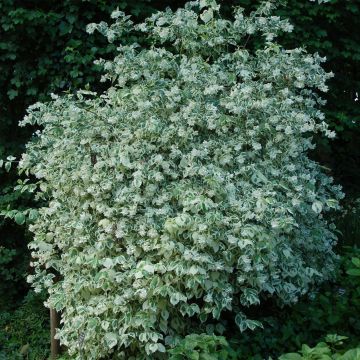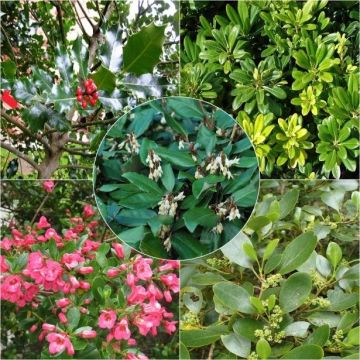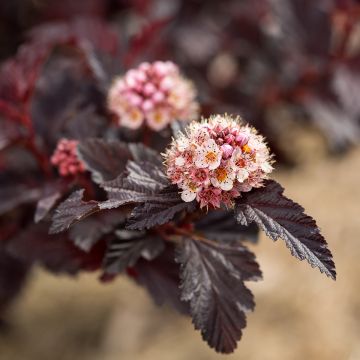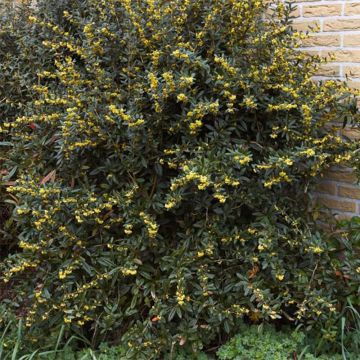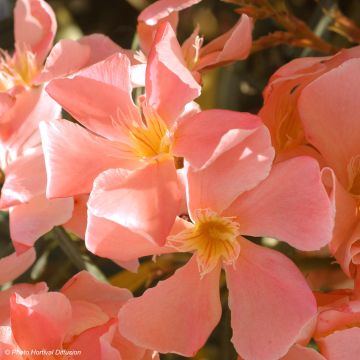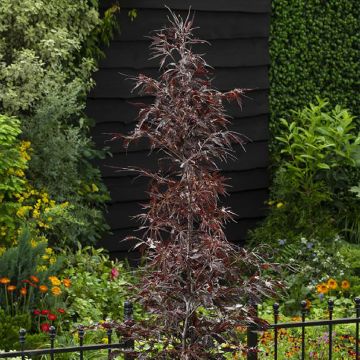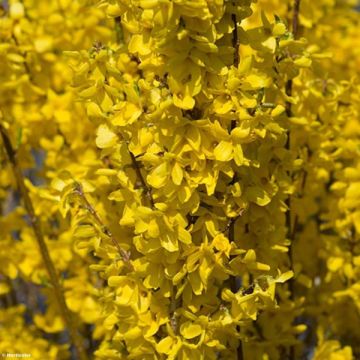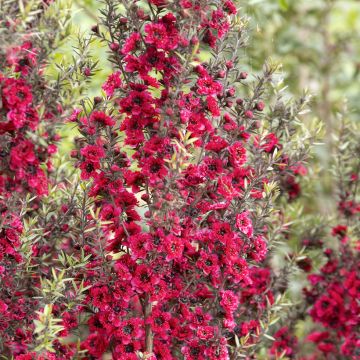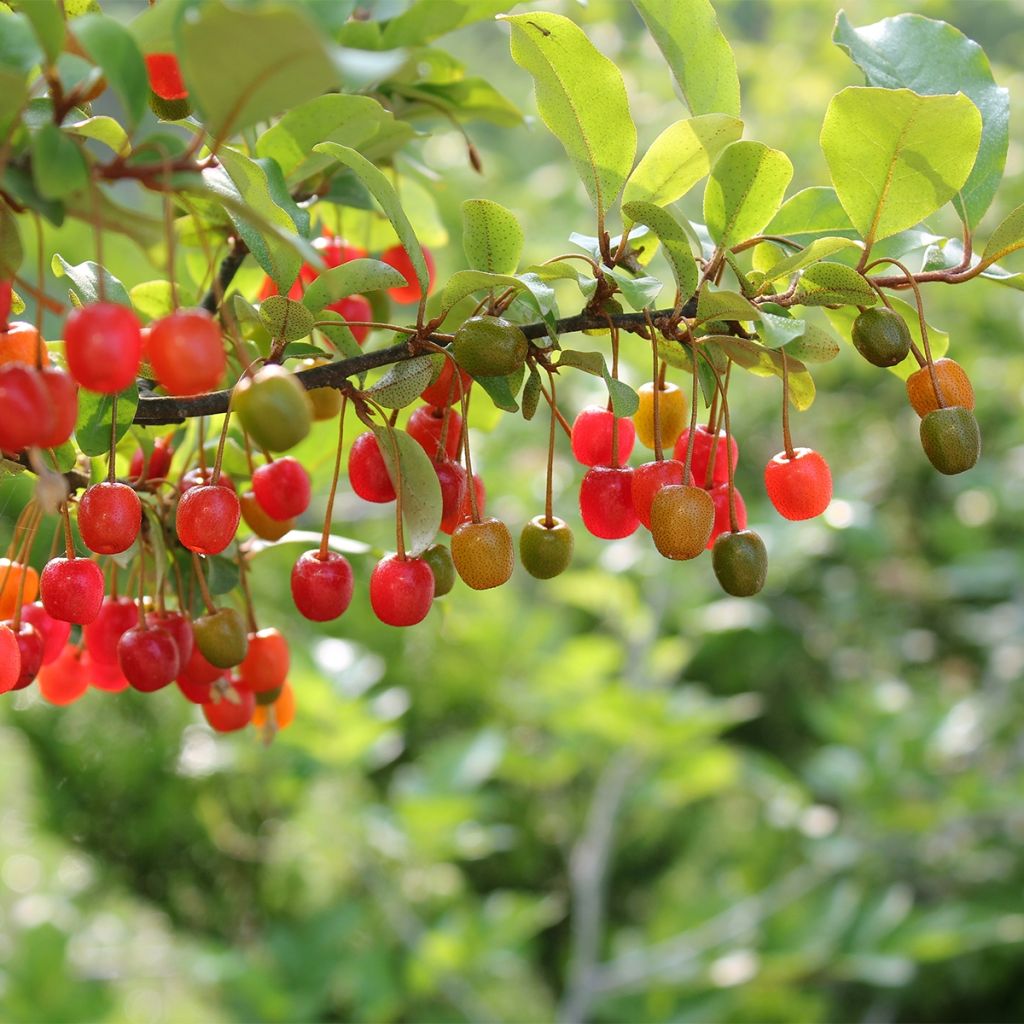

Elaeagnus umbellata Pointilla Amoroso
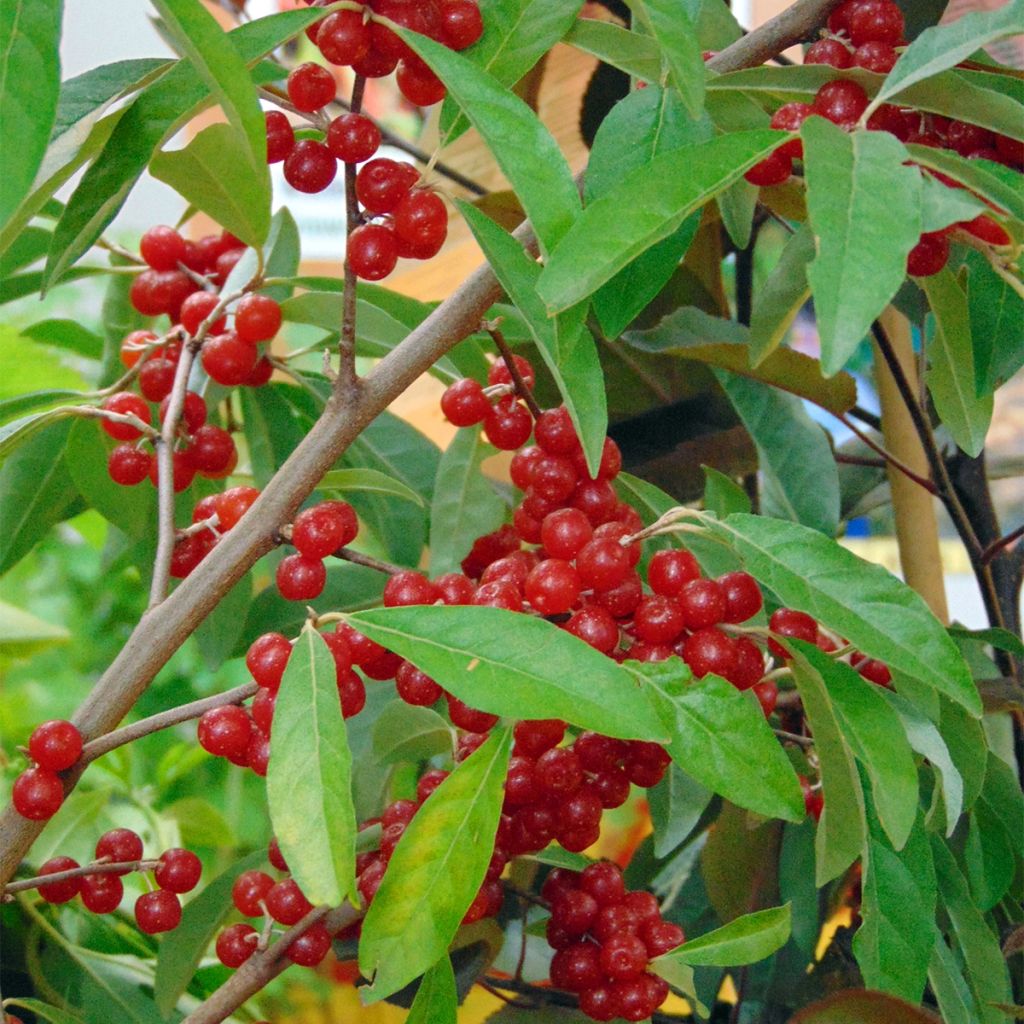

Elaeagnus umbellata Pointilla Amoroso
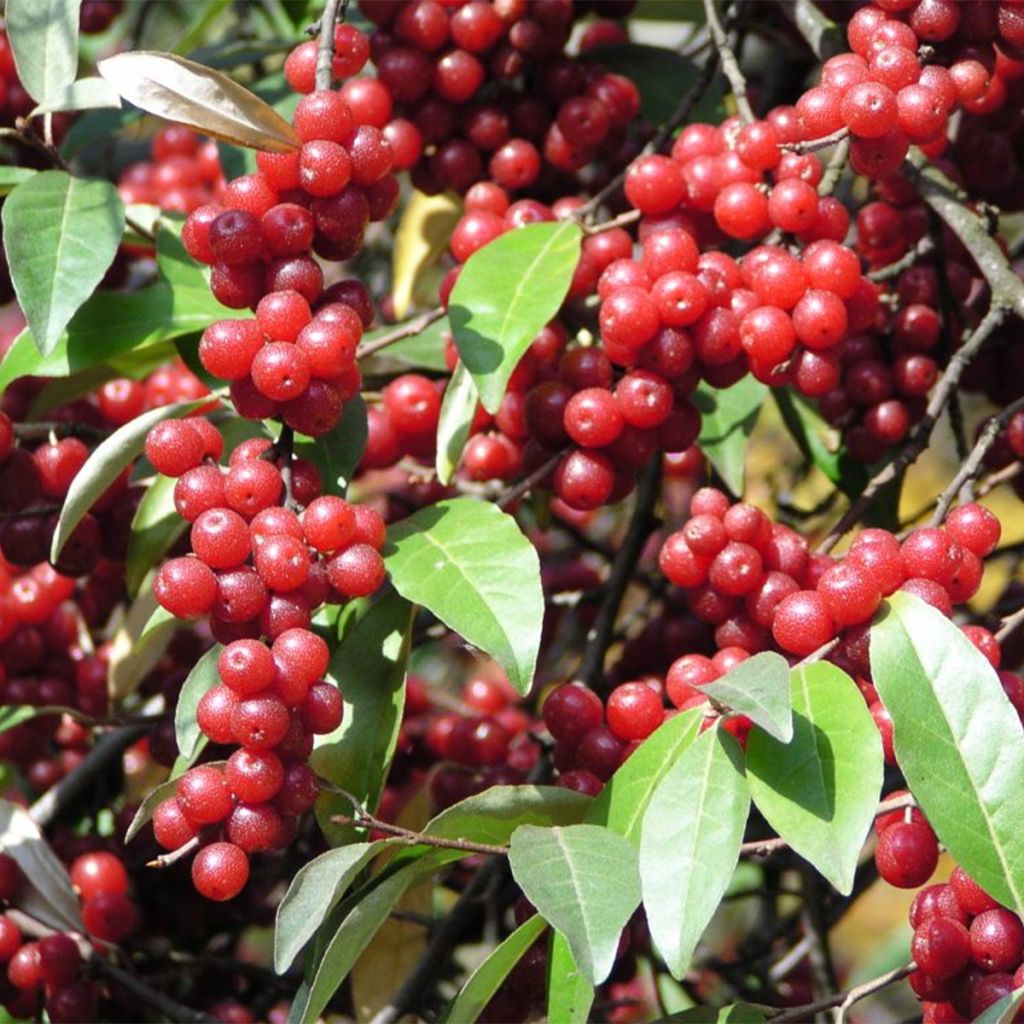

Elaeagnus umbellata Pointilla Amoroso
Elaeagnus umbellata Pointilla Amoroso
Elaeagnus umbellata Pointilla® Amoroso ®
Japanese Silverberry, Autumn Olive, Umbellate Oleaster
Why not try an alternative variety in stock?
View all →This plant carries a 24 months recovery warranty
More information
We guarantee the quality of our plants for a full growing cycle, and will replace at our expense any plant that fails to recover under normal climatic and planting conditions.
From €5.90 for pickup delivery and €6.90 for home delivery
Express home delivery from €8.90.
Delivery to Corse prohibited: UE law prohibits the import of this plant from mainland France to Corse as part of the fight against Xylella fastidiosa. Please accept our sincere apologies.
More information

Does this plant fit my garden?
Set up your Plantfit profile →
Description
Elaeagnus umbellata Amoroso will delight enthusiasts of original, decorative and easy-to-care-for bushes. This selection, derived from the Autumn Olive, also known as the Japanese Goumi, stands out for its more abundant and sweeter fruiting, compared to the typical variety. Its small red berries, punctuated with white, are harvested in autumn. Its abundant but insignificant spring flowering gives off a honey-like fragrance that can be perceived from several metres away. Widely used in field hedges, windbreaks, or fruit-bearing hedges, it is an easy and delicious plant that possesses an indefinable charm. To maximize fruit production, plant multiple individuals close to each other.
The umbellate Elaeagnus umbellata, also known as the Autumn Olive, is a large deciduous bush belonging to the Elaeagnaceae family, native to Eastern Asia, specifically the Himalayas. It is widespread from Afghanistan to China, Japan, and Korea. The 'Pointilla Amoroso' cultivar shows rapid growth and forms a branching bush with a wide, dense, but flexible and spreading habit, reaching about 3m (9 ft 10 in) in height and 2.50m (8 ft 2 in) in width, sometimes more. Its deciduous foliage persists for a long time before falling in autumn. It can sometimes be semi-evergreen (in mild climates) or marcescent, meaning that dry leaves remain attached to the branches in winter. The leaves are entire, narrow, 4-10cm (1.6-3.9 in) long and 2cm (0.8 in) wide, lanceolate, with more or less wavy edges. They have a bluish-green and matte colour on the upper side, while the underside is lighter, silvery, and satin-like. The small cream-white to pale yellow, inconspicuous star-shaped flowers are gathered in pendulous umbels at the axils of the leaves. They usually appear in late spring, May-June depending on the climate. They have a delicious scent, and are nectar-rich, attracting bees. The root system of Elaeagnus, like that of plants in the fabaceae family (alfalfa, sainfoin), is perfectly adapted to poor soils, which it helps enrich.
The flowers of Elaeagnus Amoroso give way to small round, fleshy fruits, 8mm (0.3 in) in diameter, dark red with white-silver punctuations when ripe. They are edible, fragrant, sweet, and acidic, particularly rich in vitamins and antioxidants. They can be enjoyed raw when fully ripe, as compote or jam.
A bush of Elaeagnus umbellata Amoroso stands out from afar, thanks to the silver shine of its ever-moving foliage. In autumn, covered in fruits, it becomes one of the highlights of the garden. Its vigour, resistance, and great adaptability make it an excellent plant for informal hedges or windbreaks, capable of growing enthusiastically in difficult conditions, in full wind and in mediocre soil. It is valuable in a coastal garden or a dry garden, in windy regions. It can be very well used in a mixed hedge, alongside other beautiful shrubs such as Rosa moyesii botanical rose, Amelanchier ovalis, hawthorn Crataegus monogyna, the wayfaring tree Viburnum lantana, and sea buckthorn Hippophae rhamnoides or Poncirus trifoliata. In spring, its flowering is capable of perfuming a whole section of the garden!
Report an error about the product description
Elaeagnus umbellata Pointilla Amoroso in pictures
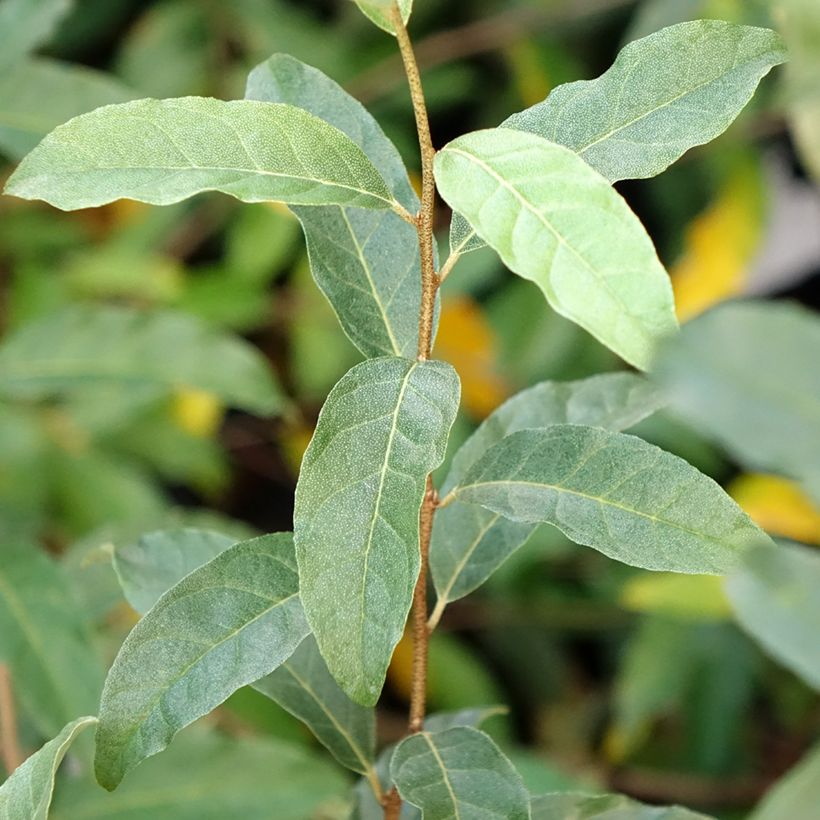

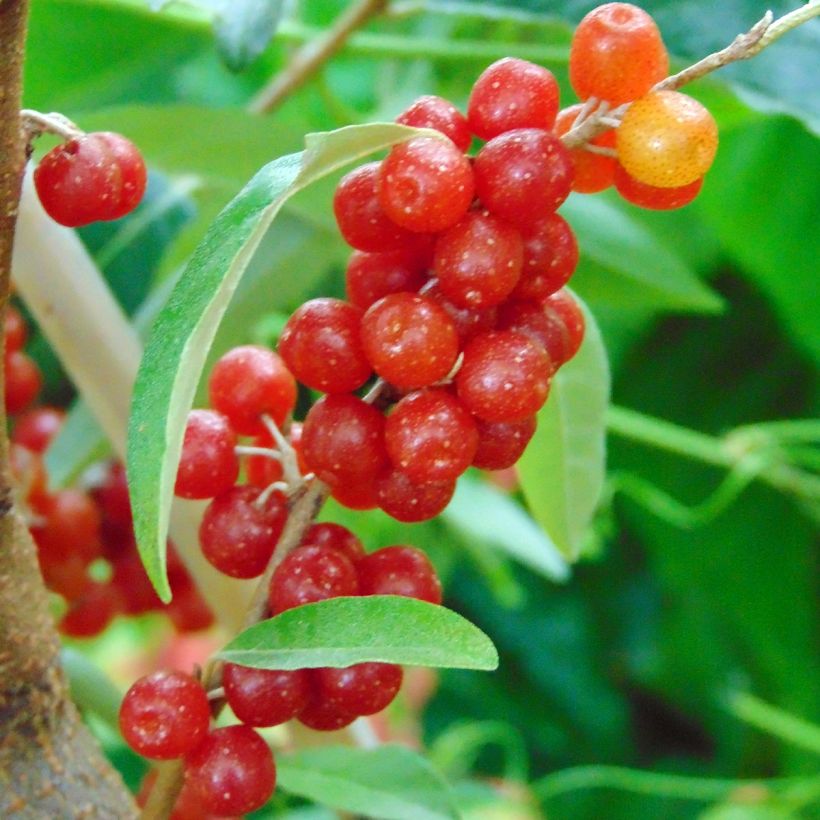

Plant habit
Flowering
Foliage
Botanical data
Elaeagnus
umbellata
Pointilla® Amoroso ®
Elaeagnaceae
Japanese Silverberry, Autumn Olive, Umbellate Oleaster
Cultivar or hybrid
Other Elaeagnus - Oleaster
Planting and care
Plant Elaeagnus umbellata Pointilla Amorosa in any type of soil, even limestone, sandy, occasionally dry in summer, moist, but loose and well-cultivated. Once well-established, it will completely do without watering, even in hot and dry regions. It will thrive in partial shade (in warm climate) or in the sun, even in windy conditions. In the first few years, prune lightly to train, at the end of winter. Afterwards, simply maintain the shape's harmony.
Planting period
Intended location
Care
-
, onOrder confirmed
Reply from on Promesse de fleurs
Hedge shrubs
Haven't found what you were looking for?
Hardiness is the lowest winter temperature a plant can endure without suffering serious damage or even dying. However, hardiness is affected by location (a sheltered area, such as a patio), protection (winter cover) and soil type (hardiness is improved by well-drained soil).

Photo Sharing Terms & Conditions
In order to encourage gardeners to interact and share their experiences, Promesse de fleurs offers various media enabling content to be uploaded onto its Site - in particular via the ‘Photo sharing’ module.
The User agrees to refrain from:
- Posting any content that is illegal, prejudicial, insulting, racist, inciteful to hatred, revisionist, contrary to public decency, that infringes on privacy or on the privacy rights of third parties, in particular the publicity rights of persons and goods, intellectual property rights, or the right to privacy.
- Submitting content on behalf of a third party;
- Impersonate the identity of a third party and/or publish any personal information about a third party;
In general, the User undertakes to refrain from any unethical behaviour.
All Content (in particular text, comments, files, images, photos, videos, creative works, etc.), which may be subject to property or intellectual property rights, image or other private rights, shall remain the property of the User, subject to the limited rights granted by the terms of the licence granted by Promesse de fleurs as stated below. Users are at liberty to publish or not to publish such Content on the Site, notably via the ‘Photo Sharing’ facility, and accept that this Content shall be made public and freely accessible, notably on the Internet.
Users further acknowledge, undertake to have ,and guarantee that they hold all necessary rights and permissions to publish such material on the Site, in particular with regard to the legislation in force pertaining to any privacy, property, intellectual property, image, or contractual rights, or rights of any other nature. By publishing such Content on the Site, Users acknowledge accepting full liability as publishers of the Content within the meaning of the law, and grant Promesse de fleurs, free of charge, an inclusive, worldwide licence for the said Content for the entire duration of its publication, including all reproduction, representation, up/downloading, displaying, performing, transmission, and storage rights.
Users also grant permission for their name to be linked to the Content and accept that this link may not always be made available.
By engaging in posting material, Users consent to their Content becoming automatically accessible on the Internet, in particular on other sites and/or blogs and/or web pages of the Promesse de fleurs site, including in particular social pages and the Promesse de fleurs catalogue.
Users may secure the removal of entrusted content free of charge by issuing a simple request via our contact form.
The flowering period indicated on our website applies to countries and regions located in USDA zone 8 (France, the United Kingdom, Ireland, the Netherlands, etc.)
It will vary according to where you live:
- In zones 9 to 10 (Italy, Spain, Greece, etc.), flowering will occur about 2 to 4 weeks earlier.
- In zones 6 to 7 (Germany, Poland, Slovenia, and lower mountainous regions), flowering will be delayed by 2 to 3 weeks.
- In zone 5 (Central Europe, Scandinavia), blooming will be delayed by 3 to 5 weeks.
In temperate climates, pruning of spring-flowering shrubs (forsythia, spireas, etc.) should be done just after flowering.
Pruning of summer-flowering shrubs (Indian Lilac, Perovskia, etc.) can be done in winter or spring.
In cold regions as well as with frost-sensitive plants, avoid pruning too early when severe frosts may still occur.
The planting period indicated on our website applies to countries and regions located in USDA zone 8 (France, United Kingdom, Ireland, Netherlands).
It will vary according to where you live:
- In Mediterranean zones (Marseille, Madrid, Milan, etc.), autumn and winter are the best planting periods.
- In continental zones (Strasbourg, Munich, Vienna, etc.), delay planting by 2 to 3 weeks in spring and bring it forward by 2 to 4 weeks in autumn.
- In mountainous regions (the Alps, Pyrenees, Carpathians, etc.), it is best to plant in late spring (May-June) or late summer (August-September).
The harvesting period indicated on our website applies to countries and regions in USDA zone 8 (France, England, Ireland, the Netherlands).
In colder areas (Scandinavia, Poland, Austria...) fruit and vegetable harvests are likely to be delayed by 3-4 weeks.
In warmer areas (Italy, Spain, Greece, etc.), harvesting will probably take place earlier, depending on weather conditions.
The sowing periods indicated on our website apply to countries and regions within USDA Zone 8 (France, UK, Ireland, Netherlands).
In colder areas (Scandinavia, Poland, Austria...), delay any outdoor sowing by 3-4 weeks, or sow under glass.
In warmer climes (Italy, Spain, Greece, etc.), bring outdoor sowing forward by a few weeks.

































